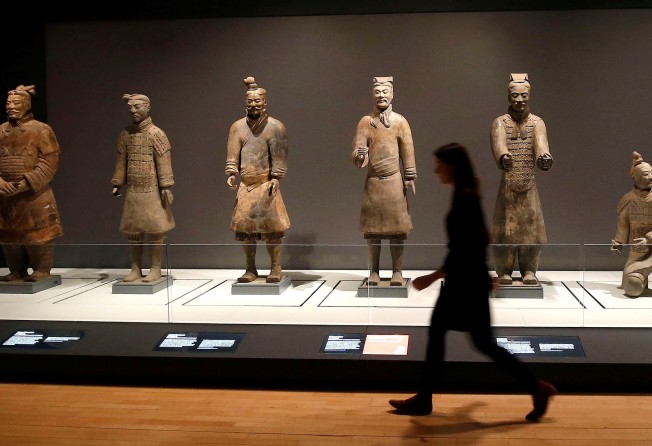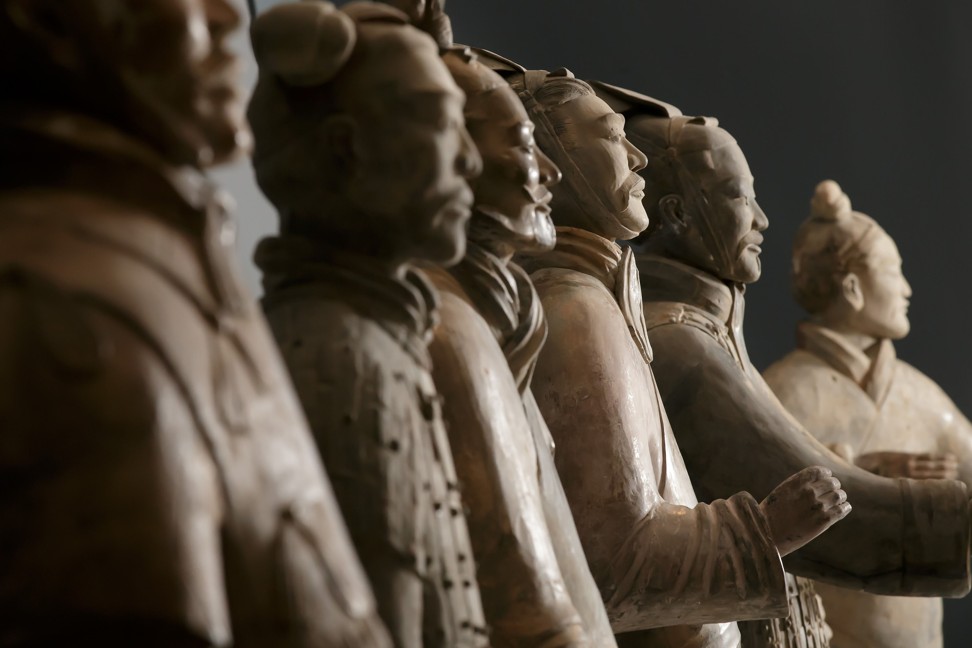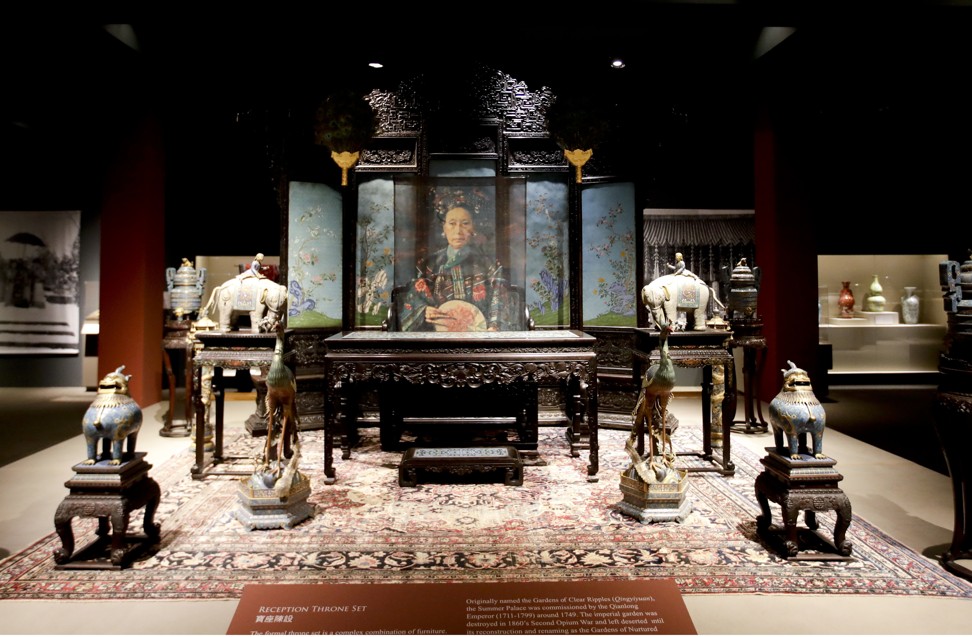China, too, has lessons to learn from US terracotta warrior vandalism case, experts say
Academics point out ways Chinese museums can ensure better protection of its relics loaned overseas

The incident in which a 2,000-year-old terracotta warrior was damaged while on display in the United States should serve as a lesson for museums around the world, but should not hamper China’s efforts to boost international cultural exchanges, experts said.
When news broke that the precious artefact had been vandalised while on display at the Franklin Institute in Philadelphia, internet users across China were quick to call for a halt to all future loans.
“I suggest putting this museum on our blacklist … and suspending our cultural relics’ exhibition in the United States for two years,” a person wrote on Weibo.
“We should not show off our valuable antiques abroad any more,” wrote another. “Foreigners who want to see these relics [can] come to China to have a look.”
Despite the understandable outrage, Nanjing University archaeologist He Yunao appealed for calm, saying that the public backlash could damage cultural exchange programmes between China and other countries.
“I should point out the latest terracotta warrior incident is an isolated case,” he told the South China Morning Post.
“Over the past four decades, mainland museums have sent their collections to be displayed abroad on at least 1,000 occasions. But only a few times has a cultural relic been damaged. So it’s not a high risk to show our relics abroad.”
According to figures from the China Cultural Relics newspaper, which is produced by the State Administration of Cultural Heritage, in 2016 alone, Chinese museums and other curators of cultural artefacts released about 3,200 items to be shown at 43 exhibitions in 18 countries and regions.
The custodians of cultural relics should not change their plans to share national treasures because of the incident in Pennsylvania, He said, as staging exhibitions overseas is an important way for China to boost its soft power on the world stage.
Nonetheless, Chinese museums should learn a lesson from it and perhaps consider imposing “higher and more delicate” requirements to ensure the relics’ protection, he said.
A 24-year-old American man, Michael Rohana, will face charges of breaking off and stealing the left thumb of the clay warrior on December 21 after managing to access the area – outside normal opening hours – in which it was on display. He was later arrested and released on bail.
Archaeologist He said that Chinese museums should require their foreign partners to provide 24-hour protection for visiting exhibits.
“Security monitoring equipment should be in place around the clock and raise the alarm if [an unauthorised person] enters the museum … rather than [as happened in Philadelphia] allowing a vandal and thief to go unnoticed and break a thumb off a terracotta warrior,” he said.
Beijing-based art historian Annabel Hao Yang said it was also important for museums around the world to educate people about their cultural heritage.
“Through exhibitions and promotional materials, museums can show visitors just how unique and precious the items are, and help them to understand that if they are damaged, the loss is irreversible,” she said.
“If visitors don’t think the artworks are important, no security system or insurance policy can guarantee their safety.”
Cooperation between museums and cultural centres around the world was vital, said He, who has been involved as a curator and valuer on many overseas exhibitions.
“Chinese museums have learned about best practice from their international partners, who focus on everything from identifying themes and selecting exhibits, to shipping, insurance and security issues,” he said.
While China has allowed thousands of its precious artefacts to be exhibited around the world, cultural authorities have a no-travel rule for 195 items deemed too precious to leave home soil. These includes pottery items, bronzes, jade works, calligraphy and paintings, all of which enjoy the highest level of protection.
Among the most-prized items are the Si Yang Fang Zun (Four-Goat Square Zun), a bronze vessel from the Shang dynasty (c1600-1050BC), which is on display at the National Museum of China in Beijing, and the Sword of Goujian, a weapon that is believed to have been used by King Goujian during the Spring and Autumn period (771-403BC), which is on show at Hubei Provincial Museum in Wuhan.


